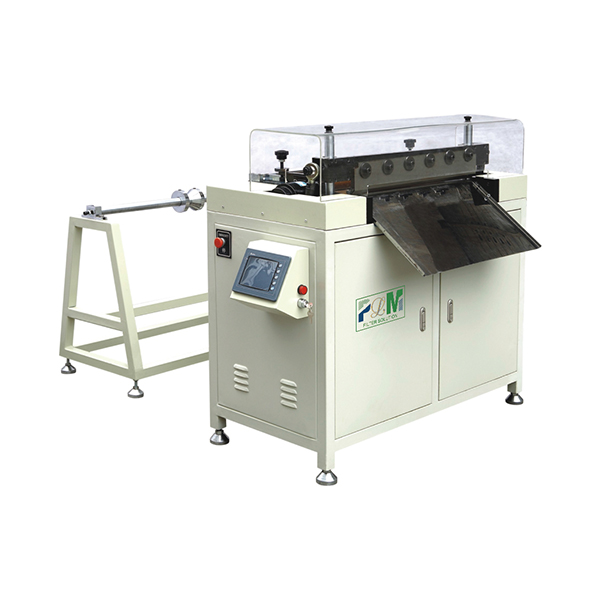Oct . 06, 2024 20:00 Back to list
air filter element
The Importance of Air Filter Elements in Modern Air Quality Management
In our contemporary world, maintaining good air quality has become increasingly vital for both health and environmental sustainability. One of the critical components in achieving this is the air filter element, a seemingly simple device that plays a significant role in the filtration processes that ensure clean and breathable air in various settings—from our homes to industrial facilities. This article explores the importance, functionality, and types of air filter elements, highlighting their relevance in modern air quality management.
Understanding Air Filter Elements
Air filter elements are designed to trap and remove airborne particles, such as dust, pollen, smoke, and even microorganisms, from the air. They are used in a wide range of applications, including residential heating and cooling systems, automotive engines, and industrial air handling systems. These filters effectively improve indoor air quality, protect equipment from damage, and enhance energy efficiency.
How Air Filter Elements Work
The primary function of an air filter element is to purify the air passing through it. When air flows into a filter, particles and pollutants become trapped in the filter material, allowing cleaner air to pass through. Different filter elements utilize various mechanisms for purification, including
1. Mechanical Filtration This method relies on the physical barrier that the filter material creates to capture larger particles. Commonly used materials include fiberglass, pleated paper, and synthetic fibers.
2. Electrostatic Filtration Some filters are designed to create an electric charge that attracts particles, including those that are too small to be captured by mechanical filtration alone. This type of filter can be highly effective in capturing fine particulate matter.
3. Chemical Filtration In certain applications, air filter elements might also include activated carbon or other chemicals that absorb harmful gases and odors. This feature enhances air quality by removing volatile organic compounds (VOCs) and unpleasant smells.
air filter element

Types of Air Filter Elements
Air filter elements can be classified into several categories based on their efficiency and intended use
- HEPA Filters High-Efficiency Particulate Air (HEPA) filters are renowned for their ability to capture at least 99.97% of particles that are 0.3 microns in diameter. These filters are commonly used in hospitals, laboratories, and homes to ensure high air quality standards.
- Ulpa Filters Ultra-Low Penetration Air (ULPA) filters are even more efficient than HEPA filters, capturing 99.999% of particles. They are used in specialized environments, including cleanrooms in pharmaceutical manufacturing.
- Panel Filters These are often used in HVAC systems and can be either disposable or washable. Their design makes them easy to install and replace, catering to both commercial and residential needs.
- Pleated Filters These filters have large surface areas due to their pleated design, which allows for more dust-holding capacity. They are suitable for various applications and are known for balancing cost and efficiency.
Conclusion
Air filter elements are integral in today's quest for clean air, impacting not only our health and comfort but also our environment. As awareness of air quality issues continues to grow, investing in high-quality air filters becomes crucial. Regular maintenance and timely replacement of these elements are essential to ensure their optimal performance. Ultimately, understanding the importance of air filter elements empowers us to take proactive steps toward better air quality management, fostering healthier living spaces and a more sustainable environment.
-
Cheap PLJY109-500 Full-Auto HDAF Expanded Mesh Spiral Coiling Machine - High Efficiency & Quality Manufacturer
NewsJul.08,2025
-
Best PLHJ-6 Full-Auto Eco Filter Rotary Heat Plating Machine - High Efficiency & Eco-Friendly Solution
NewsJul.08,2025
-
High-Efficiency Paper Pleating Machine for Filters Trusted Filter Paper Pleating Machine Company
NewsJul.07,2025
-
High-Performance Oil Filter for Cadillac ATS – Reliable Engine Protection Solutions
NewsJul.07,2025
-
High Quality PU Glue for Filters – Reliable Filter Glue Supplier & Exporter Get PU Glue Quotes Now
NewsJul.07,2025
-
China PLJL-4 Seal Leakage Tester for Spin-On Filter - High-Precision Multi-Station Testing Solutions
NewsJul.06,2025
